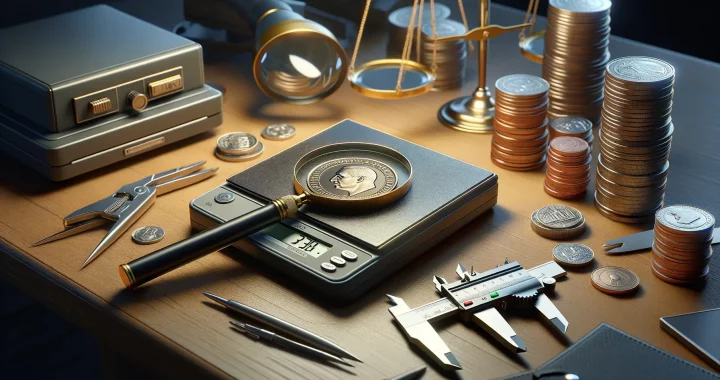Physical Characteristics of Genuine Coins
Spotting the Flawless Craftsmanship of Real Coins
Have you ever held a coin in your hand and admired its intricate details? Genuine coins are miniature masterpieces of precision. Their beauty isn’t just for show—it’s a clever defense against counterfeiters. From their gleaming edges to their deliberate weight, every characteristic tells a story of authenticity.
First, let’s talk about **weight and dimensions**. A real coin will always meet exact specifications set by the issuing mint. If it feels too light, too heavy, or slightly off-kilter when stacked with its siblings, your intuition might not be wrong!
Then there’s the edge. Coins crafted authentically have uniform edges—whether reeded, plain, or decorated. Counterfeiters often struggle with getting this detail right. Check for uneven ridges or rough finishes that feel “off”.
Now, onto the surface. A true coin flaunts crisp, *razor-sharp* designs. Look closely: the lettering should be clean, and the imagery should boast depth, not flatness. Ever seen a blurry coin? Odds are it’s fake!
Every genuine coin carries its own fingerprint. Detecting these traits is almost like unlocking a secret handshake for collectors and experts alike.
Tools and Techniques for Identifying Counterfeit Coins
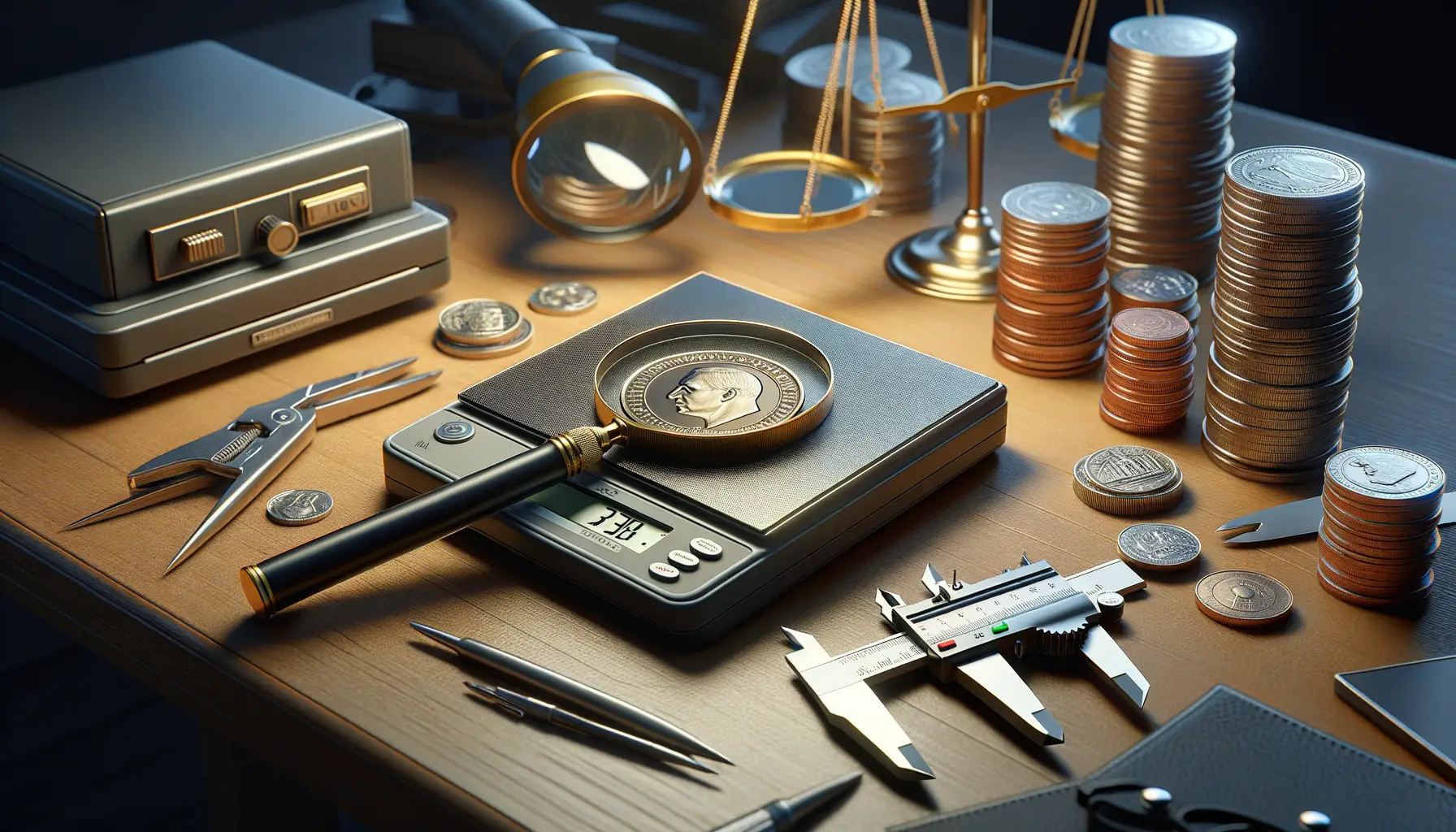
Essential Tools for Spotting the Fakes
Picture this: You’re holding a coin that feels just a little… off. Is it your imagination, or is there something suspicious beneath the surface? Thankfully, there’s a treasure chest of tools to help you play detective. First up, a trusty magnifying glass. It’s your best friend when peering at the intricate details—every letter, ridge, and symbol counts. Counterfeiters often struggle to get those tiny features right.
Another must-have? A high-quality digital scale. Genuine coins should weigh exactly what they’re supposed to. If your coin tips the scales too much (or not enough!), that’s a flashing red flag. And don’t overlook a simple, yet oh-so-revealing magnet. Most authentic coins aren’t magnetic, so if your coin sticks like glue… well, you’ve uncovered a clue!
- : Fake coins may betray themselves with unusual fluorescence.
- : Measure the coin’s dimensions; even a millimeter off can scream “fake!”
These tools let you go beyond guesswork—like a treasure hunter armed with their trusty map. Because when it comes to counterfeits, every detail matters!
Clever Techniques Your Eyes (and Ears!) Will Love
Did you know your ears are just as sharp as your eyes in spotting fake coins? Try the ancient “ping test.” Tap the coin gently on a hard surface and listen. Genuine coins produce a clean, resonant ring; counterfeits, on the other hand, sound dull or tinny. It’s like music—or lack thereof.
For a more tactile approach, run your fingers over the coin. Does it feel unnaturally smooth or uneven? Authentic coins often boast crisp edges and ridges, while fakes feel sloppy. Another sneaky trick? Compare your suspect coin to a known genuine coin of the same type. Fake coins often falter under side-by-side scrutiny—think mismatched twins!
When in doubt, unleash these hands-on techniques and tune into every sensory clue. Sometimes, small observations lead to big discoveries!
Common Signs of Counterfeit Coins
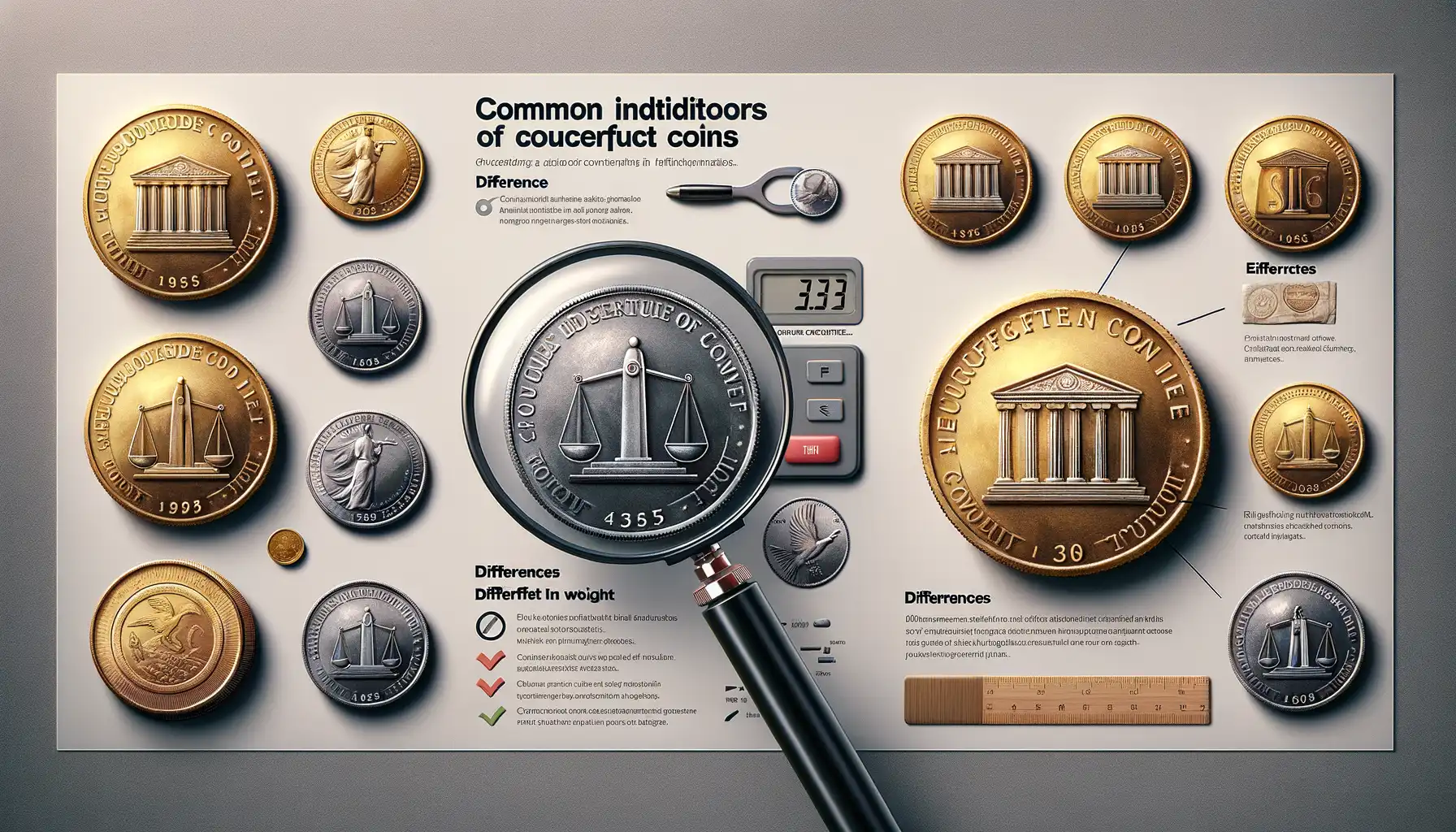
Red Flags That Scream “Fake!”
Spotting counterfeit coins isn’t as intimidating as it sounds once you know what to look for. Let’s start with the easy stuff. Ever noticed how some coins just *feel* off? That gut feeling might be your first clue. Counterfeiters often cut corners, and their work leaves behind little “tells” that whisper (or shout!) fraud.
One common sign is inconsistent weight. Genuine coins are meticulously crafted to meet specific standards. Grab a scale—if the coin weighs more or less than expected, you’ve got reason to dig deeper. Similarly, pay attention to the coin’s edges. Are the reeded or patterned ridges uneven? Real coins don’t have sloppy edge work!
- Surface irregularities: Genuine coins have a sharp, professional finish. Look out for blurry details or odd tool marks on the surface.
- Color mismatch: A silver-toned coin shouldn’t have even the faintest golden hue—cheap alloys can give fakes away.
Finally, think about sound. Yes, sound! Tap a real coin against a hard surface, then compare it with the suspect one. Genuine coins produce a bright, ringing tone, while counterfeits often sound dull or flat. Trust your instincts—they’re sharper than you think.
Best Practices for Coin Authentication
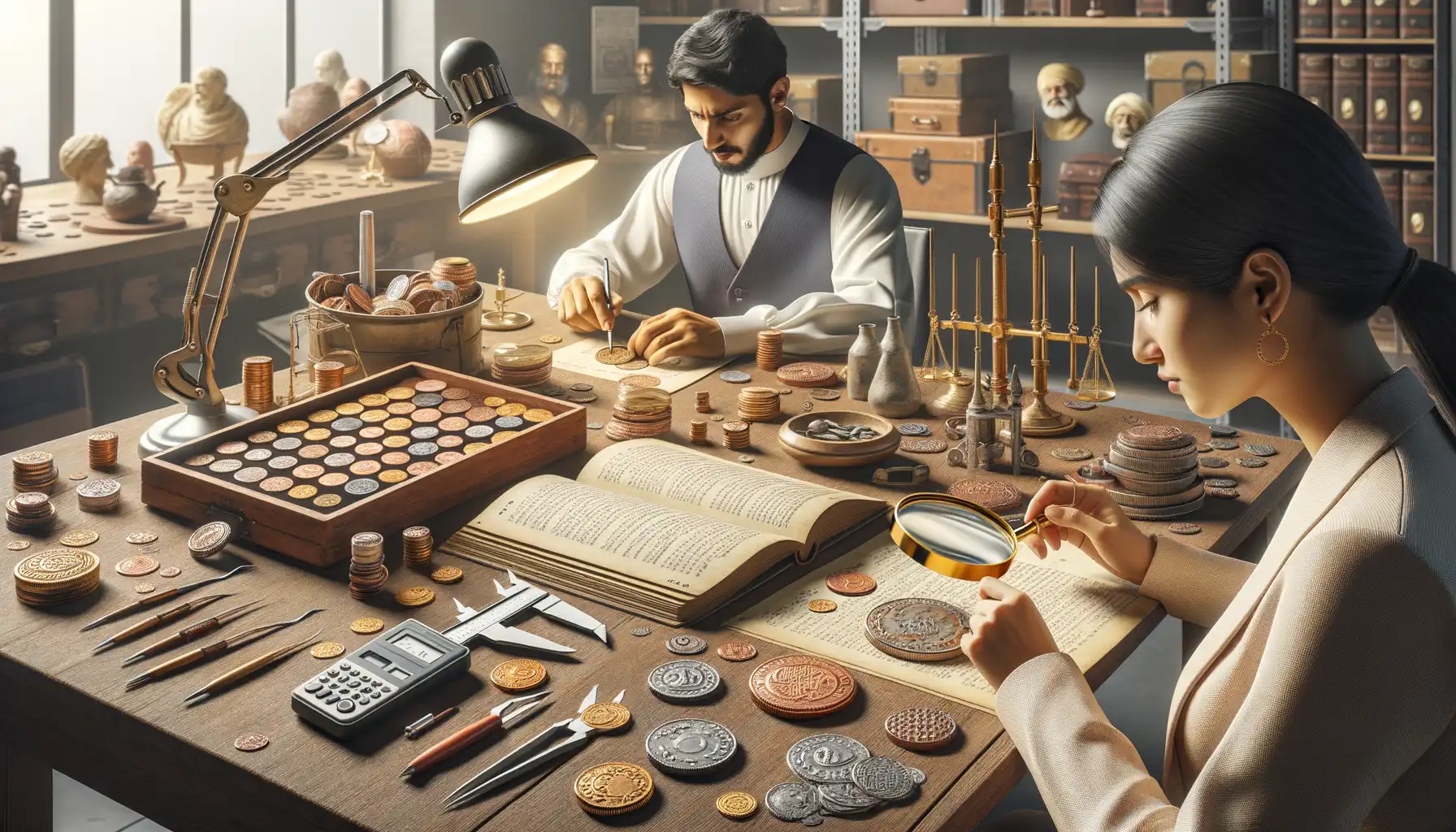
Master the Art of Observation
Authenticating coins isn’t just a skill—it’s a craft. The best collectors and dealers rely on more than tools; they train their eyes to catch the smallest details, much like a detective piecing together clues. Start by examining the coin’s surface. Does the texture feel just right? Genuine coins often have a distinct, consistent finish. Counterfeits may look too polished or uneven, as though their story doesn’t quite line up.
Next, take note of the edges. The rims of authentic coins are sharp and precise, especially in modern mintings. Compare them side-by-side with a coin you know is real. Does the lettering look crisp, or does it wobble like a hesitant signature? Often, fakes trip up when it comes to small, intricate elements.
- Weight: Every coin has a specific weight—use a precision scale to ensure it matches the standard.
- Magnetism: Carry a small magnet. Many counterfeit coins contain ferromagnetic metals that will betray their falseness instantly.
Trust, but Verify
Even the most well-made coins can be impersonators. When in doubt, seek out professional grading services like PCGS or NGC. Their expertise and equipment can reveal what the naked eye can’t.
What to Do If You Detect a Counterfeit Coin
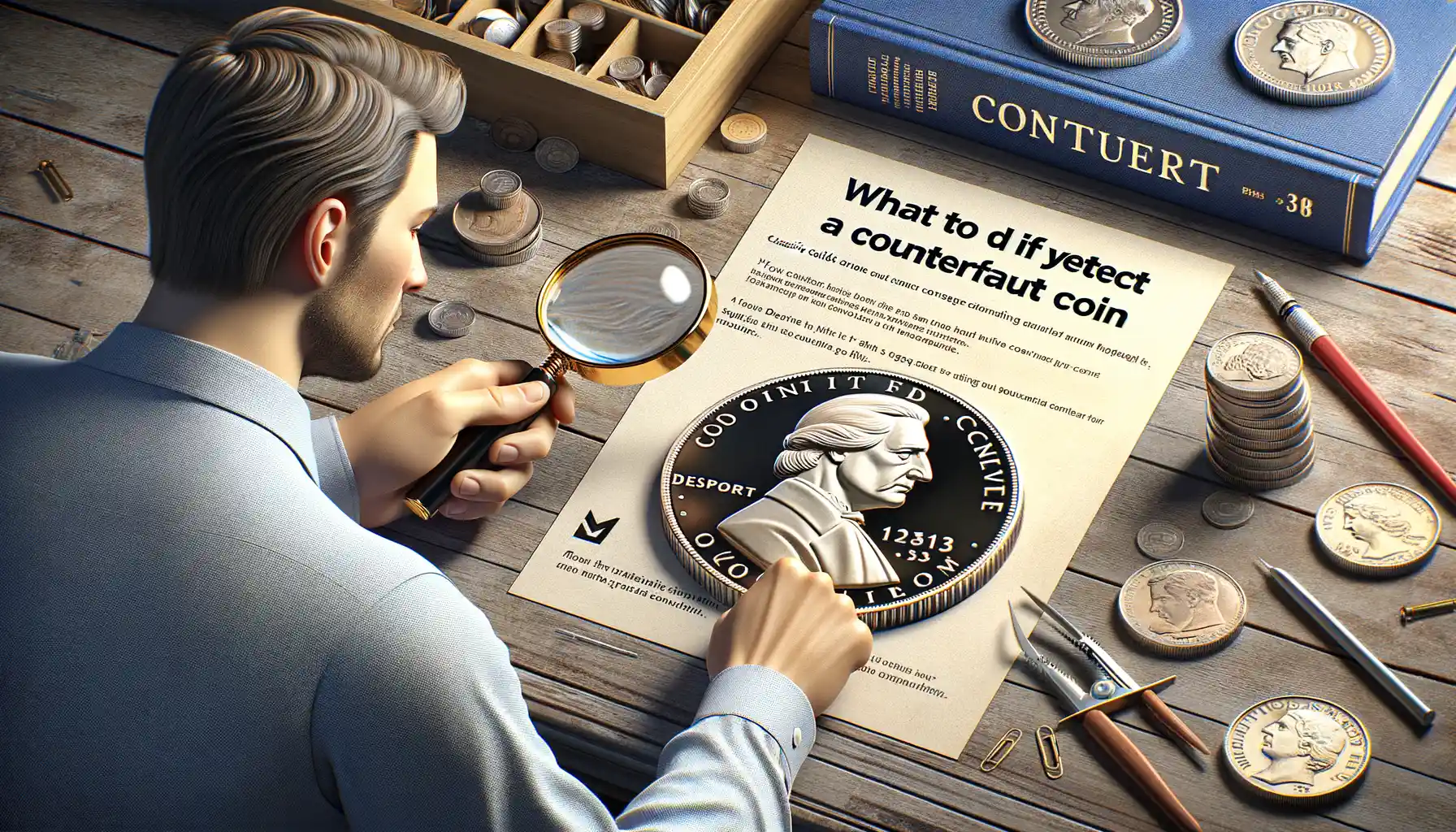
Immediate Actions to Take with a Suspected Counterfeit
So, you’ve spotted something fishy about a coin in your hand—what now? First, don’t panic. Think of yourself as a detective who just uncovered a clue. Your next steps matter, not only for your safety but also for ensuring the counterfeit doesn’t circulate further.
- Isolate the Coin: Keep it separate from your other coins. You want to avoid accidental mixing—even a simple coin jar mistake can spread the problem.
- Don’t Try to Spend It: While tempting (it’s still metal, after all), using counterfeit money is illegal, even unknowingly. Just don’t go there.
Reach Out to Trusted Authorities
Now, let’s bring in the experts. If you suspect forgery, take the coin to a reputable source like a numismatist or your local bank. They’ve got the tools and know-how to confirm your hunch. Or, if the coin’s origin seems especially shady, contact law enforcement or your country’s mint authority. Imagine you’re passing a torch—the investigation torch—to someone who can dig deeper.
Lastly, keep a record. Jot down where you got the coin. From a flea market? A gift? The back of your sofa? Every detail helps unravel the mystery.

